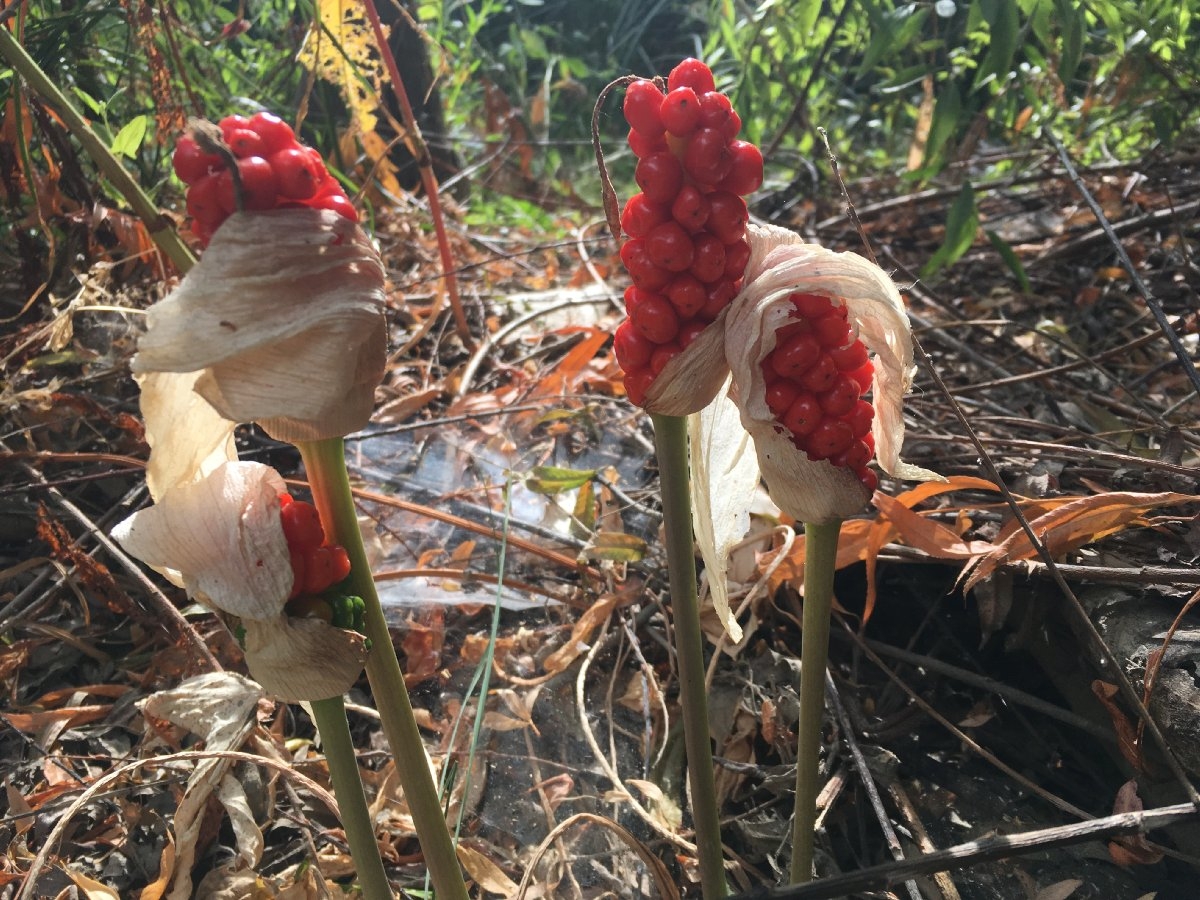Created on: Thursday, Apr 15th, 2021
Websites accessed:
https://www.calflora.org/app/taxon?crn=730
Calflora: Information on California plants for education, research and conservation, with data contributed by public and private institutions and individuals, including the Consortium of California Herbaria. [web application]. 2022. Berkeley, California: The Calflora Database [a non-profit organization]. Available: https://www.calflora.org/ Accessed: 04/01/2021.
https://www.gbif.org/species/5330661
GBIF Secretariat (2021). GBIF Backbone Taxonomy:Arum italicum Mill. Checklist dataset https://doi.org/10.15468/39omei . Accessed via GBIF.org on 04/01/2021.
- < 13 : Low Potential Risk
- 13 - 15 : Moderate Potential Risk
- > 15 : High Potential Risk

